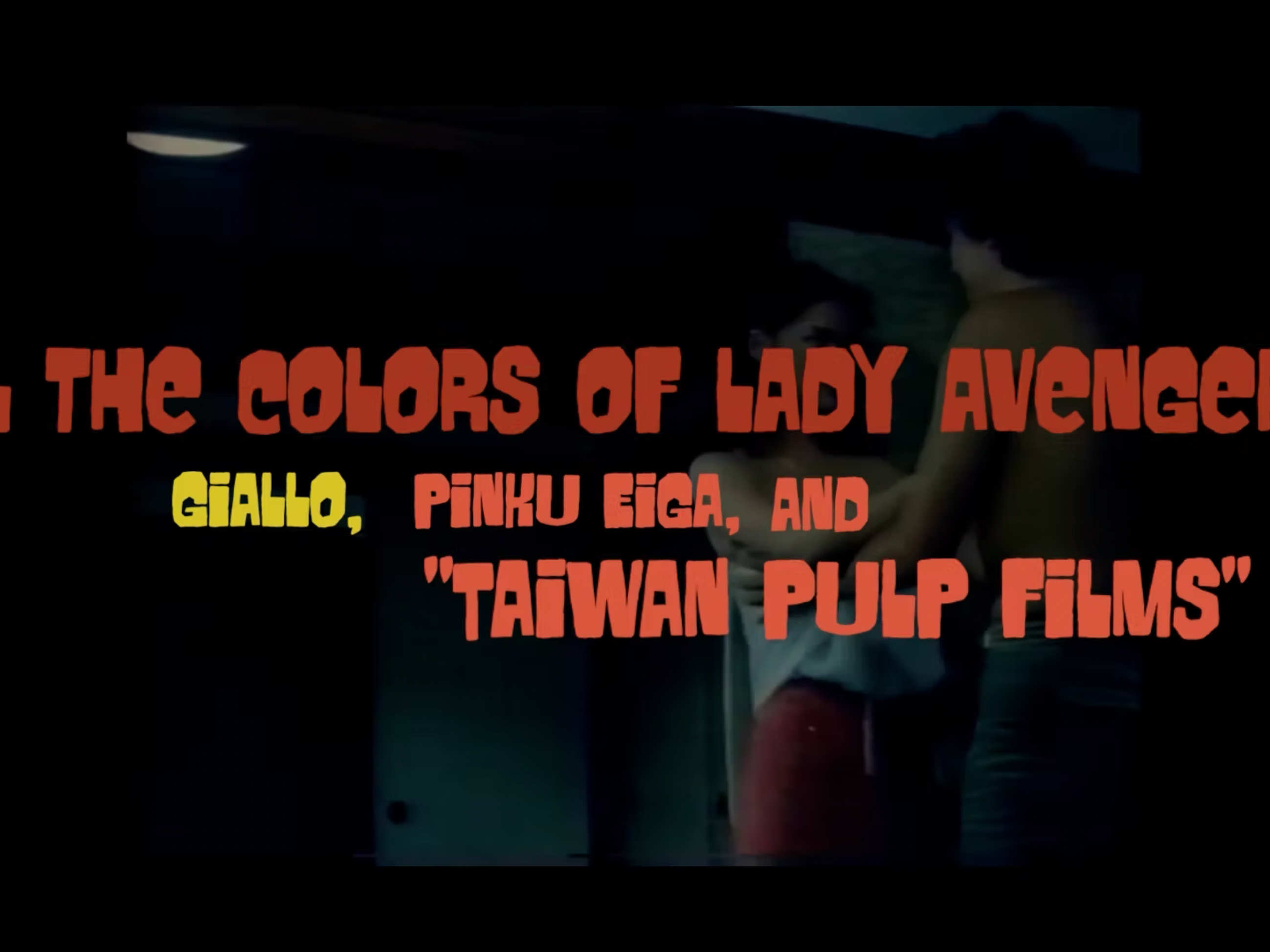“Culture jamming” commonly refers to a variety of actions deployed by anti-consumerism
activists to expose, critique, and subvert dominant cultural institutions. The concept can be
traced back to Situation International (SI), an organization of social revolutionaries led by
Guy Debord in the 1950s. The situationists devoted themselves to the construction of
situations so as to interrupt, sabotage, hi-jack, and reappropriate consumerist society—in a
word, “liberate” the citizens from becoming consumers. “Jamming,” in this sense, is
associated with somewhat negative connotations: to clog the flow of market-driven
mainstream culture.
The media evolves, and so do jammers. One-way communications such as radio and
television are not as influential as they once were, thanks to web 2.0 and social media. For
good or bad, global citizens are culture “prosumers”: when we post a selfie on Instagram,
which is conveniently connected with Twitter, Facebook, Tumblr, and so on, we give these
social media the favor of free exposure. In other words, while we indulge in our leisure
time, we also produce exchange values for the big companies. Similarly, postmodern
jammers can hardly claim to occupy a position outside of consumerist society, as the
Situationists had with their sober whistleblowing. Rather than standing outside the muddy
water, jammers find themselves living in a complex global Spectacle.
Scholar and musician Mark Levine reclaims the musical connotation of cultural jamming. In
this light, an alternative understanding comes into play: in jazz jamming sessions,
musicians listen to each other and playfully improvise together; similarly, culture jammings
deploy digital platforms to play with , rather than fighting against , the Spectacle. Drawing
from Levine, this video essay surveys contemporary jammings with cultures: the
(in)famous artist Banksy and reappropriations of his legacy; Rubber Duck vs. the Tank Man;
and Clubhouse.
The Spectacle’s capacity of assimilating the potentially subversive content is hard to deny.
Postmodern jammers’ embracement of innovative media platforms, I argue, need not be
considered sellout behavior. Levine’s musical analogy of cultural jamming allows us to step
out of the counterculture vs. counterproductive bind, and explore the continuing practices
of jamming with cultures in the Spectacle.
References:
Debord, Guy. Society of the Spectacle. Nothingness.org. http://library.nothingness.org/articles/SI/en/pub_contents/4.
Fink, Moritz. “Digital Detournement: Jamming with The Simpsons -Banksy Intro,
Johnnystyle,” Confessions of An Aca-fan , blogpost, updated by Henry Jenkins, 5 Oct 2012.
https://henryjenkins.org/?offset=1349432702000.
Harold, Christine. Our Space: Resisting the Corporate Control of Culture . Minneapolis:
University of Minnesota Press, 2009.
Levine, Mark. “Putting the “Jamming” into Culture Jamming: Theory, Praxis, and Cultural
Production during the Arab Spring.” In Culture Jamming: Activism and the Art of
Cultural Resistance , edited by Marilyn DeLaure and Moritz Fink. New York: NYU
Press, 2017.
Moser, Keith. “Exhuming the “Dismal” Reality Underneath Banal Utopian Signs: Banksy’s
Recent Parody of the Disneyfication of the Modern World.” The Journal of Popular
Culture vol. 50, no. 5 (2017): 1024-1046.
Toffler, Alvin. The Third Wave . New York: Morrow, 1980.


